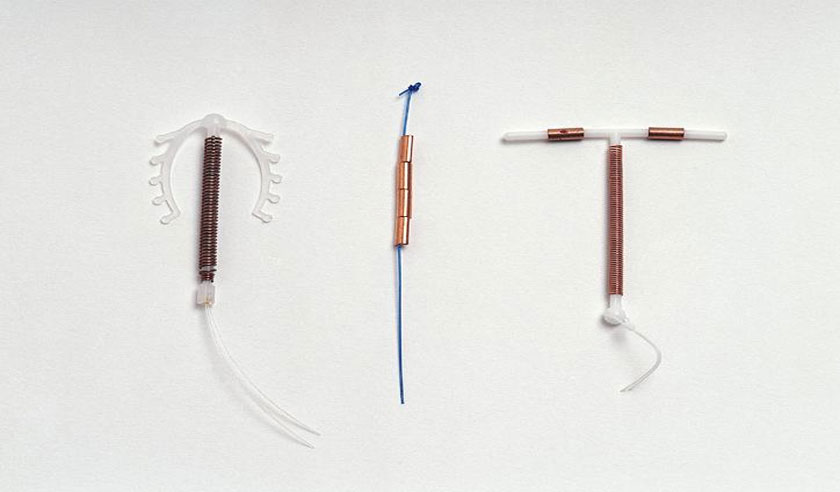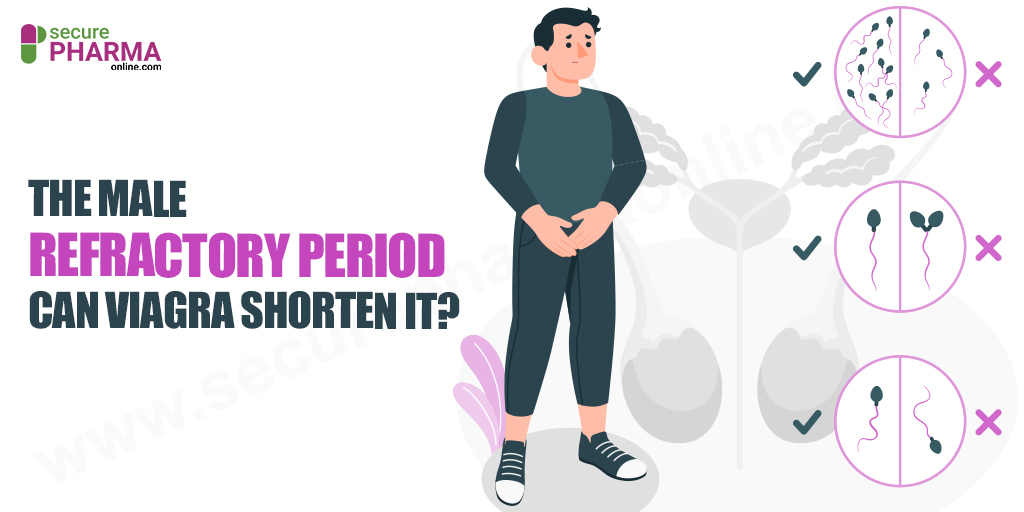IUD Types: What Are Different Types of IUDs? What Are The Benefits?

In this article, we’ll discuss types of IUD and their benefits & side effects.
Overview
Women who want to take part in the sexual pleasures of life at the same time want to erase the possibility of pregnancy incidents. For this reason, they opt for birth control solutions. Birth control options range from basic hormonal pills like Lo Ovral or Yasmin Pill, injections, shots, condoms, cervical caps, vaginal rings like NuvaRing generic, spermicides, sponges, a combination of any of the above two, implants or IUDs (Intrauterine Devices).
Due to the reduction in chances of human error, delayed doses and the freedom of indulging in spontaneous sexual activity, IUDs are preferred over all other modes of birth control options. Getting an IUD installed inside the vagina provides protection against sperms for a time period ranging from 2 to 10 years, depending on the type of IUD used.
It is beneficial to go through a detailed IUD comparison article. This gives you vital information regarding the downsides and upsides of each type of IUD available in the market.
Each individual’s body reacts to different IUDs in different ways, releases hormones for longer, affects other organs, etc.
Keep reading to learn about the 5 types of IUD, their benefits and their side effects too.
Types Of IUD
1. Copper IUD
This is the only non-hormonal IUD, meaning that it does not release hormones when placed in a women’s body. It, in fact, releases copper ions that create a hostile environment for the sperms to survive, instantly killing them before they can travel through the uterus all the way to the ovary.
The best selling point of this IUD is the fact that it can provide protective effects against pregnancy for a period of 10 years. Over 97 percent of women who opt for a Paragard have declared that they were safe from pregnancy for 10 years.
Also, the Copper IUD immediately begins functioning, making it a perfect emergency contraception option.
Due to the absence of hormones in the Copper IUD, the periods do not completely disappear but become heavier and harsher (making it unsuitable for women with Endometriosis). Also, if you have any allergy to copper elements then this IUD can be a bad choice.
Women who have been diagnosed with Wilson’s disease must keep away from this IUD.
Also Read: Pros And Cons Of Copper IUD
2. Mirena IUD
This is an IUD that contains the hormone Levonorgestrel. There is a total of 52 milligrams of this hormone in the IUD and it is constantly released in the body for up to 5 years. Although the idea of installing a perpetual hormone-releasing IUD in the body may freak you out, you have no reason to worry as only small amounts of the hormone are circulating in the blood.
If you have had a tough time while consuming birth control pills due to the presence of both – estrogen and progestin, then this option would comfort you due to the presence of only progestin.
52 milligrams of the hormone estrogen means that the dosage is high and some women may land up with zero occurrences of periods.
Now, some women prefer this and some do not. If you want to feel safe by experiencing periods once a month, then opt for lower dosage hormonal IUDs such as Skyla and Kyleena.
3. Skyla IUD
This too is an IUD that contains the hormone Levonorgestrel, but in a much lower dosage as compared to Mirena. 13.5 milligrams of Levonorgestrel although low in dosage, yet imparts protection against pregnancy for a period of up to 3 years.
This low dosage yet has a substantial impact on a women’s menstrual cycle. Either reducing its frequency of occurrence, making periods less painful or completely eradicating the occurrence of periods (a rare event).
Just like Mirena, even Skyla is a small T-shaped device that is placed in the uterus. It releases Levonorgestrel in the uterus, allowing only small amounts to enter the bloodstream, making it unsuitable as an emergency contraceptive.
Keep in mind, if you have any forms of allergy from silver, silica, levonorgestrel, iron oxide or polyethylene, you must get the Skyla IUD removed at the earliest.
Any breast/uterus cancer, Pelvic Inflammatory Disease (PID), uterine infections, abnormal vaginal bleeding, liver disease or uterine fibroid tumors is enough of a reason to refrain from using this IUD.
Skyla can also cause ovarian cysts, acne, weight gain, mood changes, bloating, etc.
4. Liletta IUD
This IUD is very similar to Mirena as it too has 52 milligrams of the hormone Levonorgestrel that is slowly released within the uterus and bloodstream for a period of 5 years.
Vaginal bleeding can occur for a few days during your menstrual cycle after the IUD has been placed. Common side effects include headache, breast tenderness, spotting, cramps, and nausea.
5. Kyleena IUD
This is a T-shaped IUD that possesses 19.5 milligrams of the hormone Levonorgestrel. Expect a much lower amount of hormone to be released in the uterus as this device lasts for up to 5 years. One thing is assured – complete protection from pregnancy in the event unprotected sex is being performed.
However, due to its low dosage, there may be more irregular bleeding in the vagina along with a much lower chance of periods completely disappearing.
IUD Types: Benefits
Benefits Of Hormonal IUDs
- Effectiveness: These IUDs have a success rate of 97 percent and one in every 100 people may face the aftermath of the IUD failing.
- Regular Periods: Due to the long-lasting effects of IUDs, the menstrual cycles of women are affected. Many women claim that they have shorter and more irregular periods, while some say they completely stop getting their periods.
- Lower probability of being diagnosed with Cancer: The installation of hormonal IUDs massively reduces the chances of attaining cervical, uterine or vaginal cancers. Even overgrowth of uterus lining issues, also known as Endometriosis, ceases to occur.
Benefits Of Non-Hormonal IUDs
- Absence of hormones: Many women prefer not to take-in additional man-made hormones due to the effects it has on their breast and overall bodily condition. These non-hormonal IUDs use Copper to kill the sperms and make them inactive, making them a safe choice for women who want to stay away from hormonal forms of birth control medication.
- Extremely long-lasting: 10 years of protection against the results of unprotected sexual intercourse is an entire decade of stress-free sexual interactions. Rather than remembering to constantly pop pills and take injections, one can make use of Copper IUDs long-lasting effects.
- Emergency contraception: Right after installing a Copper IUD, the uterus begins to fight any sperms that have already traveled to the ovary. If the ovary has already fertilized the egg, then the copper ions stop the growth of the egg.
IUD Types: Side Effects
- Pelvic Inflammatory Disease: Several IUD users have complained of irritation in their cervical tract and uterus. This is called PID and it can happen only during the first-month post-IUD-insertion.
- Device falling out: If the device is moved from its natural position and the female is unaware, the IUD can prove ineffective against protecting pregnancy.
- Tremendous insertion pain: Women can experience severe pain while the IUD is being inserted. For this reason, doctors may administer Ibuprofen or any other Nonsteroidal Anti-Inflammatory Drug (NSAID) before initiating the installation process.
These IUD comparisons should have imparted sufficient knowledge to you for deciding which IUD best fits your lifestyle and requirements.
April 8, 2020 Sam Bell











Comments